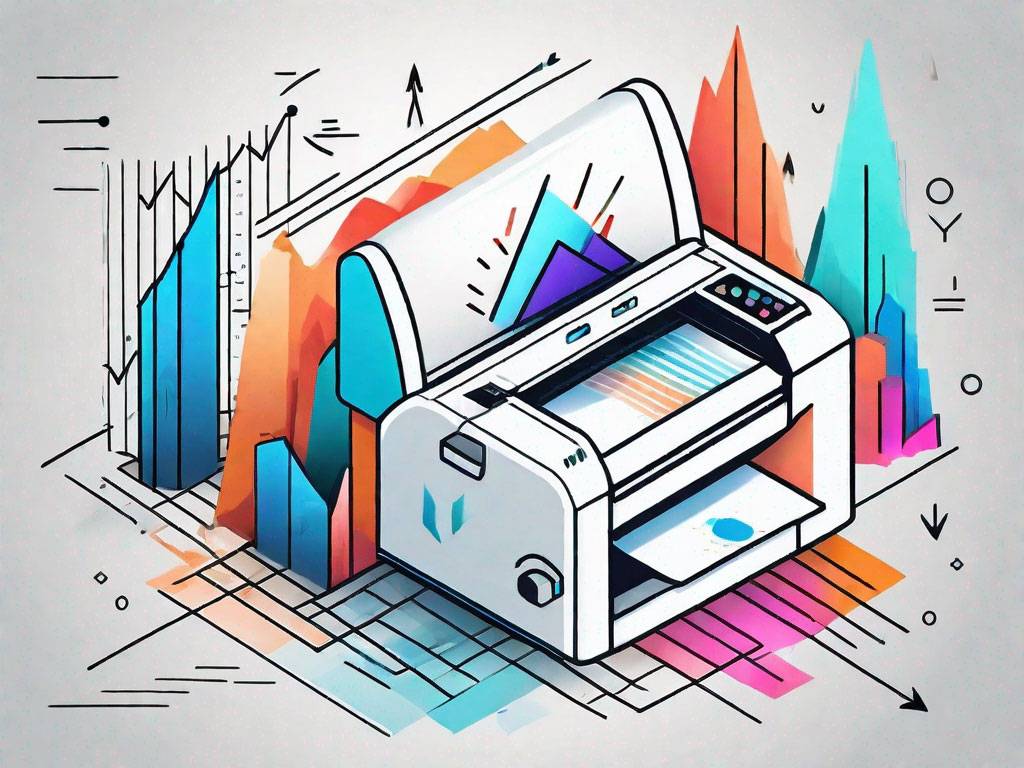You can promote globally without holding inventory by using print on demand.
Comprehending Just How Digital Printing Revolutionizes the Printing Market
The printing sector, long steeped in typical methods, is going through an extreme transformation with the development of electronic printing. This innovative innovation, which eschews the requirement for printing plates, enables rapid production and modification, reshaping the landscape of print communication. With its prospective to stimulate involvement through personalized material and to provide lasting options, it's clear that electronic printing is even more than a technological advancement; it's an essential video game changer. Exactly how precisely does it reinvent the sector? Allow's explore.
The Advancement of Digital Printing: A Quick Overview
Because its beginning, digital printing has actually undertaken significant makeovers, constantly changing the printing industry. With the development of the 90s, electronic printing technology started to develop, and the market saw the introduction of direct imaging presses, which removed the need for printing plates. As the brand-new millennium unravelled, developments in modern technology further stimulated the development of digital printing, leading to the development of high-speed inkjet printers.

Unloading the Technology Behind Digital Printing
Delving into the details of electronic printing innovation, one encounters a rich tapestry of sophisticated equipment and complex algorithms. At the heart of this procedure exists an electronic image, which is refined by software program that divides it into a grid of dots. This complex system, strengthened by advanced software application and high-resolution imaging, has changed the landscape of the printing industry, paving the way for unmatched degrees of information and precision.

The Advantages of Digital Printing for Services
Comprehending the technology behind digital printing provides a clear photo of its accuracy and detail. For organizations, this translates right into many benefits. Digital printing uses unprecedented speed, making it possible for firms to meet limited deadlines without endangering on top quality. Next, it lowers costs as there great site are no plates or physical configuration, making it excellent for small-volume printing tasks. Moreover, this modern technology supplies superior uniformity with each print output, getting rid of variants often seen in conventional techniques. Digital printing is ecologically friendly, utilizing much less ink and generating much less waste. Nonetheless, the complete possibility of electronic printing is understood when utilized for modification and personalization, a topic that will be covered comprehensive in the next section.
The Function of Digital Printing in Customization and Personalization
While typical printing techniques struggle with customization and personalization, digital printing succeeds in these locations. It allows for the very easy change of styles, without the need for pricey and lengthy plate changes (print on demand). This enables organizations to tailor products to specific consumers, meeting specific demands and enhancing consumer contentment
Digital printing additionally enables variable information printing, where aspects such as message, graphics, and images might be transformed from one printed piece to the following, without slowing down the printing procedure. This is specifically useful for straight marketing campaigns, where tailored messaging can considerably enhance response rates. In this means, digital printing not only reinvents the printing sector but likewise transforms the means organizations communicate with their clients.
Evaluating the Ecological Impact of Digital Printing
Although digital printing has been webpage lauded for its function in modification and customization, it is vital to analyze its ecological impact. Digital printing can be less wasteful than conventional techniques, since it runs on a 'print as needed' basis, removing the requirement for huge print runs that can lead to excess and waste. Furthermore, it uses fewer chemicals and generates less unpredictable natural substances (VOCs) compared to balance out printing. However, the energy usage image source of digital printers can be high, leading to enhanced carbon impact. The use of non-recyclable printing parts and the obstacle of e-waste monitoring present considerable environmental concerns. While digital printing has lots of benefits, its ecological effect must be diligently taken care of.
Final thought
In verdict, digital printing has changed the printing market, supplying fast, cost-effective, and high-quality options - print on demand. Recognizing these modifications is essential for businesses to utilize the advantages of electronic printing properly.